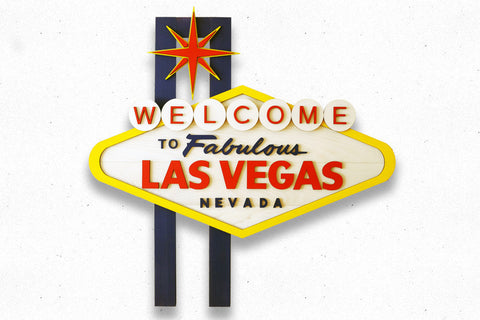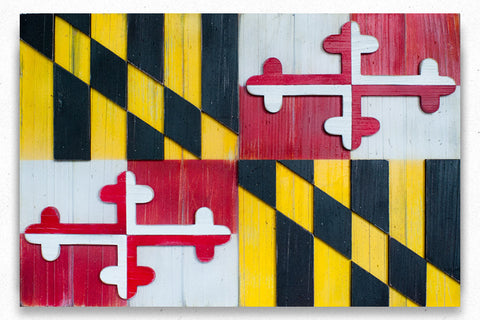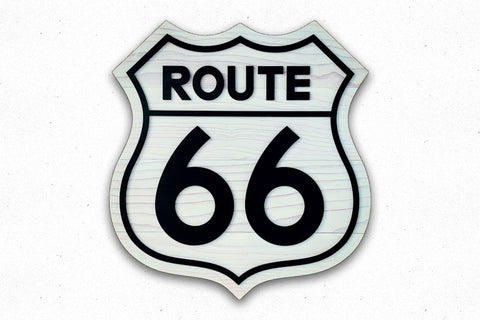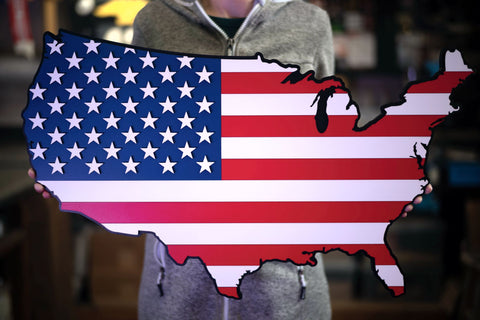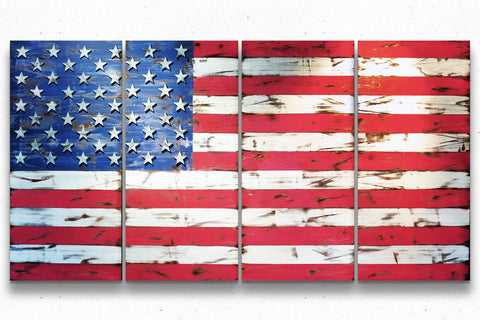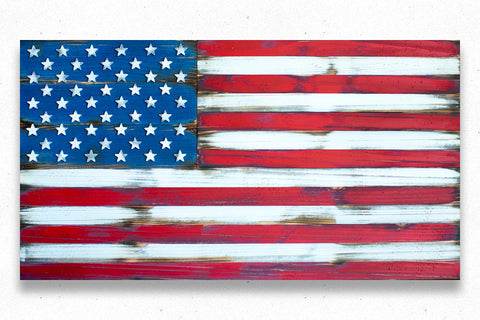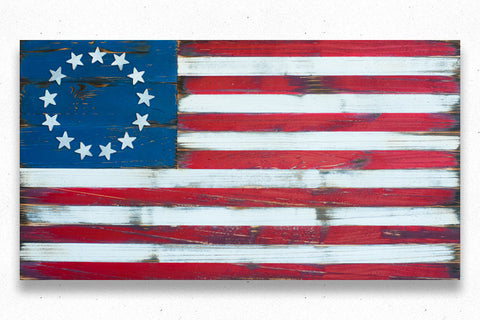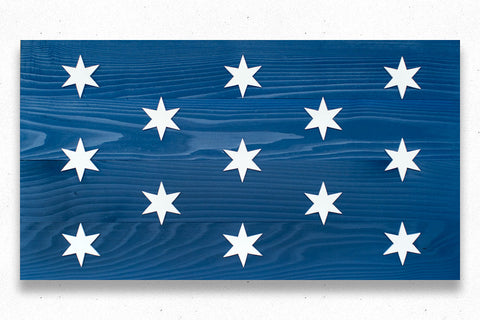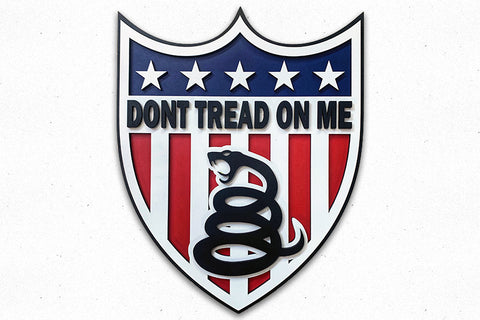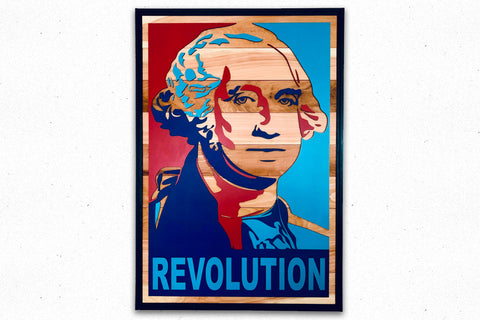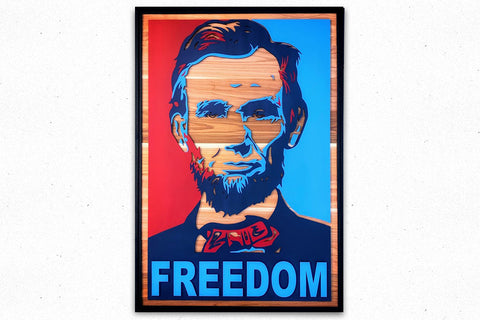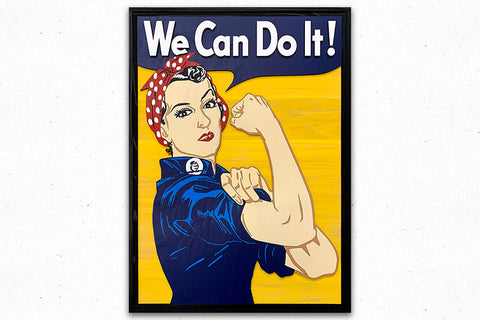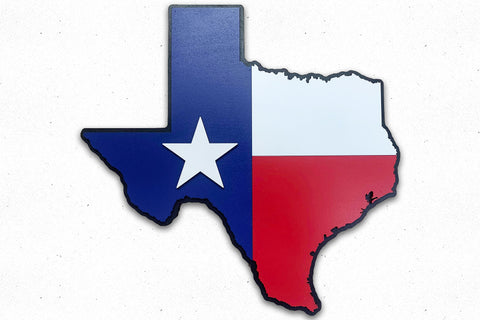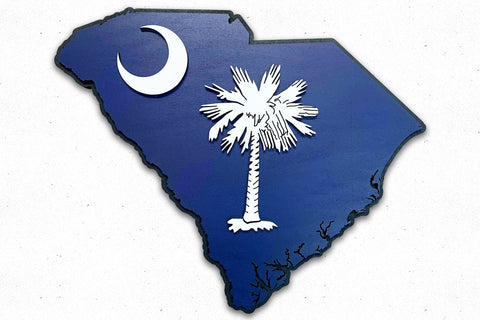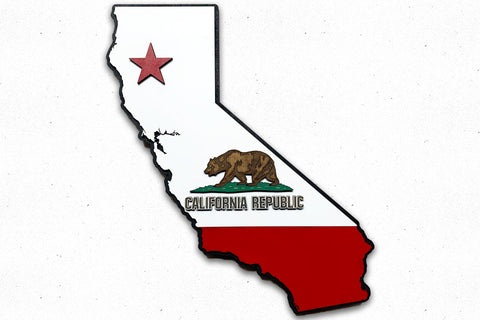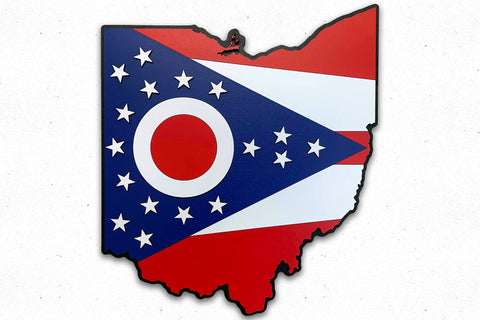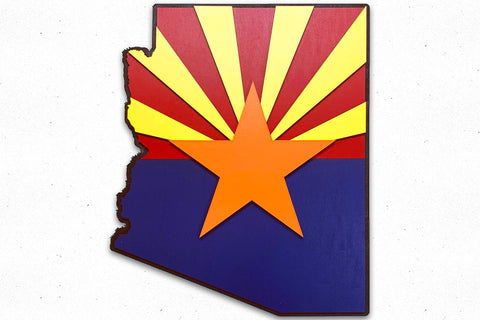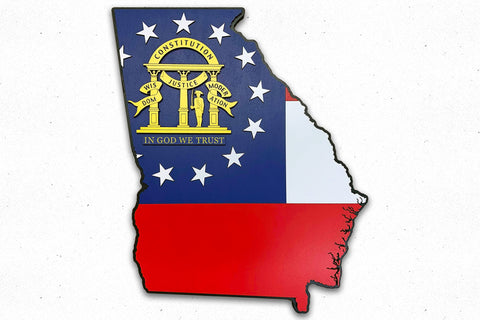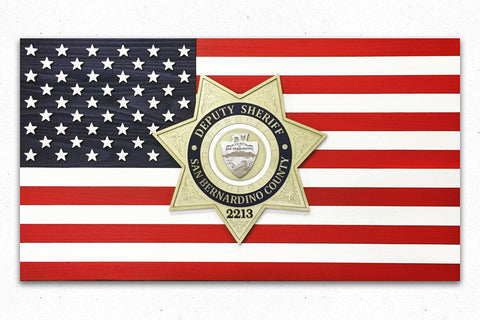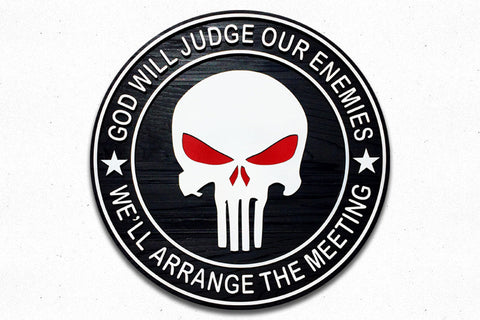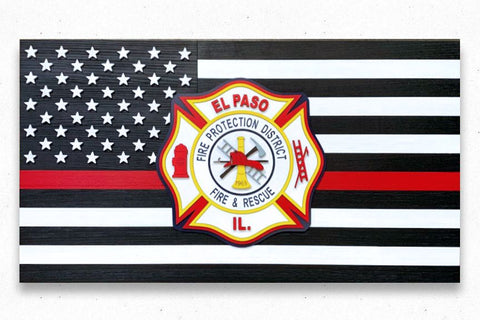Few flags are as recognizable as the Union Jack, the national flag of the United Kingdom. We’ve been a fan of this flag for some time, and became even more interested in its history when we created our wooden Union Jack replica.
During our research, we were intrigued by the manner in which the Union Jack represents the four countries of the United Kingdom: England, Scotland, Wales, and Northern Ireland.
 The current version of the Union Jack is the combination of three different flags. As you might guess, these flags have roots in the countries that comprise the United Kingdom. Here’s how it breaks down.
The current version of the Union Jack is the combination of three different flags. As you might guess, these flags have roots in the countries that comprise the United Kingdom. Here’s how it breaks down.
England contributed St. George’s Cross to the Union Jack. This flag—a red cross on a white background—honors Saint George, England’s patron saint. However, St. George wasn’t the first to be associated with it. It was originally the flag of the Genoa republic, then it was adopted by crusaders, then England. The first official English use occurred in the thirteenth century, when English soldiers wore it for identification.
Eventually, St. George became the patron saint of England and the red cross became more than just a patch that identified England’s military. It became the flag of England, and a core component of the Union Jack. Here's what it looks like:
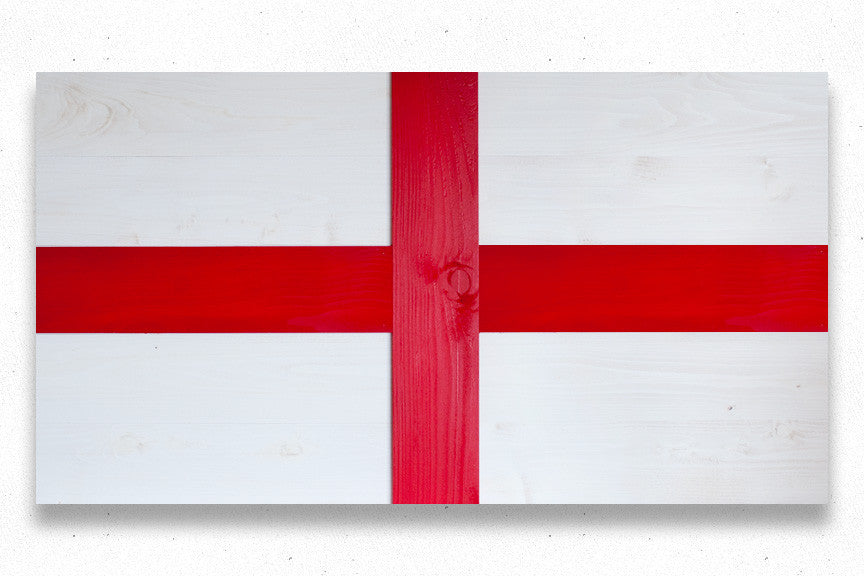
Scotland also contributed a patron-saint flag to the Union Jack. Their national flag, Saint Andrew’s Cross, was first adopted in the fifteenth century. It honors their patron saint, Saint Andrew. As the legend goes, St. Andrew was crucified on an X-shaped cross. Over time, iconography developed to show the apostle on the cross, to commemorate his martyrdom. This includes the flag—which also goes by “The Saltire.”
Like the English flag, Saint Andrew’s Cross was first used by Scotland to identify their soldiers on the battlefield. Here’s the flag:
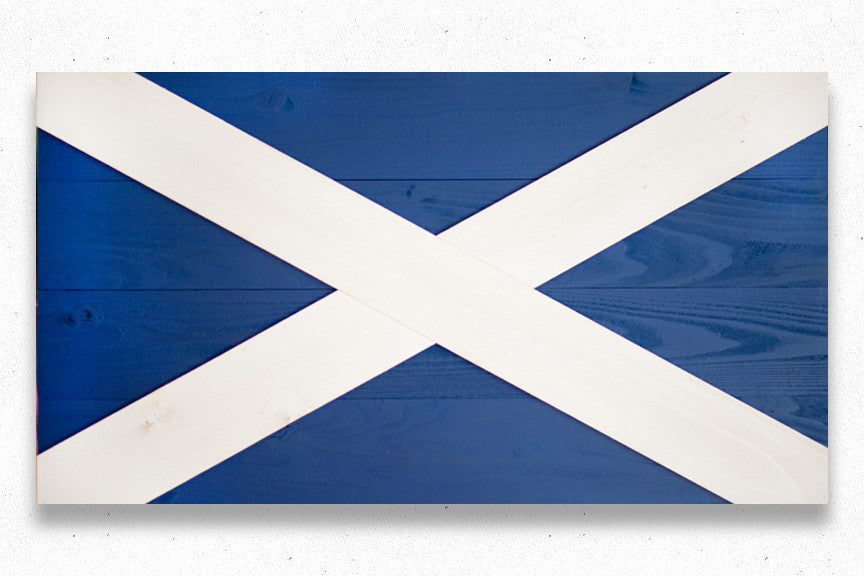
The year 1603 saw the Union of the Crowns, the event that brought Scotland and England together. When this went down, a combined British flag was created. This flag—the flag of Great Britain—is the predecessor to the modern Union Jack. This is what it looked like:

The third component of the Union Jack is owed to Ireland. Their contribution, the Cross of Saint Patrick, is also a patron-saint flag. While the flag’s origins are unclear, its association with Saint Patrick dates back to the 1780s.
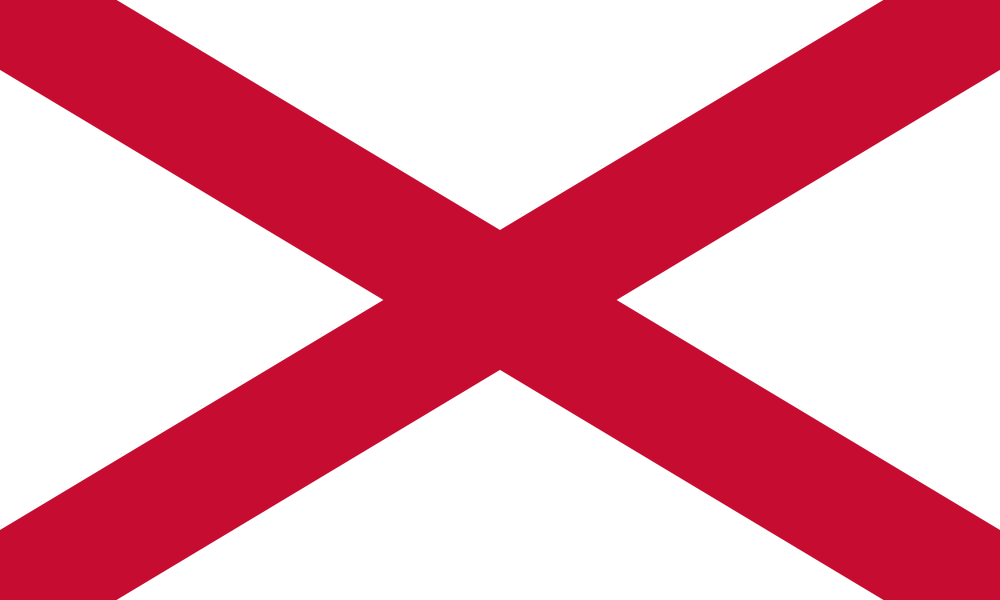
It wasn’t until 1801 that Great Britain and Ireland were united. This resulted in a change to the flag of Great Britain: the cross of Saint Patrick was added to the existing flag of Great Britain, and the Union Jack was created.
But what about Wales? The United Kingdom has four countries, but only three are represented on the Union Jack.
It’s not that Wales isn’t a country; both Wales and the United Kingdom maintain Wales’ status as an independent nation. However, when the first flag of Great Britain was developed, Wales was already part of England. Because of this, it has no special representation in the Union Jack.
Both the Union Jack and its individual components are steeped in rich history. We hope you’ve learned something about this iconic flag. If you’re interested in owning your own piece of Union Jack wall art, check out our wooden replica of the Union Jack.

